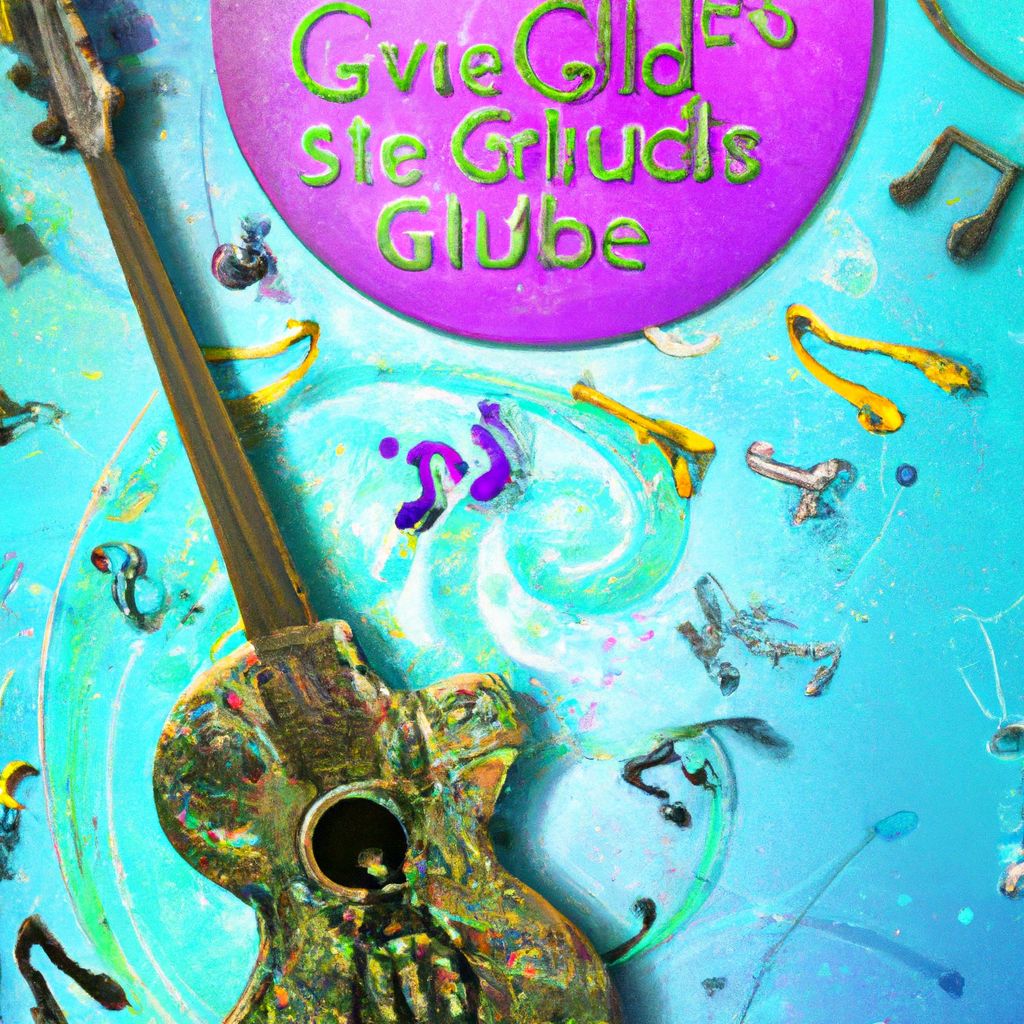- Introduction to the Guitar
- Understanding the Basics
- Essential Techniques for Guitar Playing
- Learning Your First Chords and Songs
- Maintaining and Caring for Your Guitar
- Improving Your Skills
- Conclusion: The Joy of Playing Guitar
Introduction to the Guitar
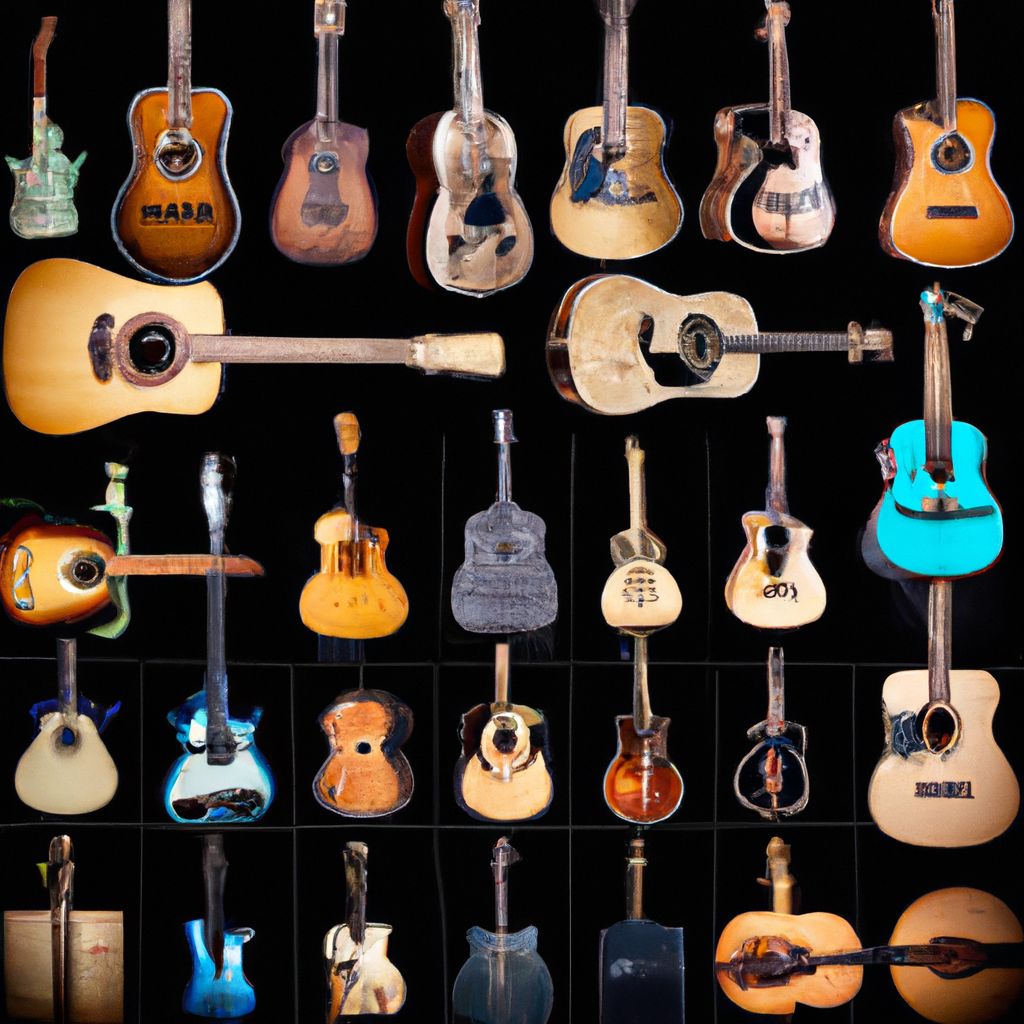
The guitar, a ubiquitous instrument in the world of music, traces its origins back to over 4,000 years ago. Derived from ancient instruments like the lute and the oud, the modern guitar has evolved through the centuries to become a versatile instrument, integral to various genres of music.
Primarily, guitars can be classified into three types: acoustic, electric, and classical. Acoustic guitars are known for their hollow wooden bodies which amplify the sound of the strings. They are a favorite among folk and country musicians. Electric guitars, on the other hand, require an amplifier to project sound. They are characterized by their solid bodies and are popular in rock, pop, and jazz genres. Lastly, classical guitars, also known as Spanish guitars, are typically used for classical music. They feature nylon strings which give them a unique sound and feel.
From the soulful strums in blues to the electrifying riffs in rock and roll, the guitar has played a significant role in shaping the landscape of global music. Its versatility and expressive potential are unparalleled, making it one of the most popular instruments to learn and play worldwide.
Understanding the Basics
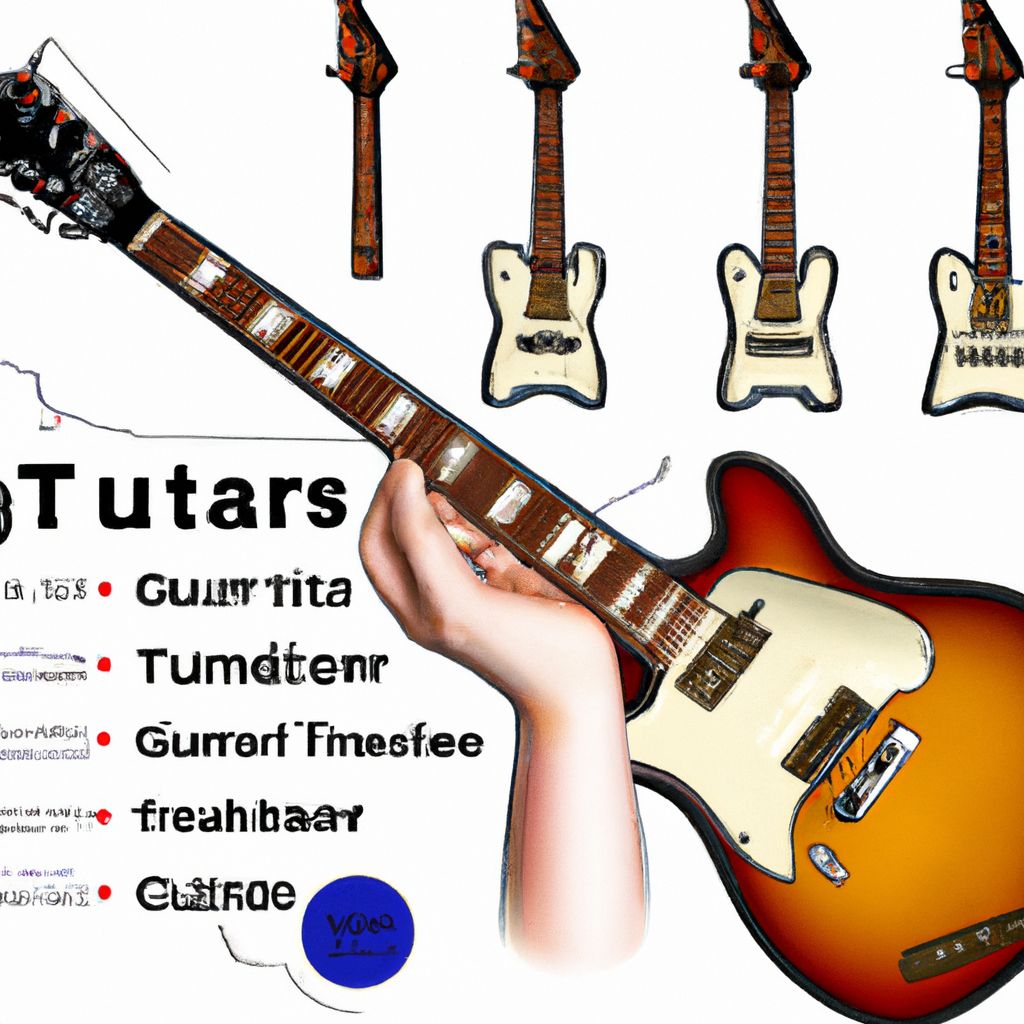
Mastering the guitar requires a deep understanding of its anatomy. A standard guitar comprises several parts: the body, neck, fretboard, strings, and headstock. The body serves as the main resonating chamber, while the neck is where you'll find the fretboard marked with metal strips called frets. The strings are attached from the top of the headstock down to the body.
The fretboard is a guitarist's canvas. It's where melodies and chords are shaped. Each fret corresponds to a musical note, and understanding this layout is critical to navigating the guitar fluently.
How you hold a guitar can significantly impact your playing. For right-handed players, the guitar body rests on the right thigh, the right arm drapes over the body, and the left hand navigates the fretboard. Naturally, this orientation is mirrored for left-handed players.
Regular tuning is vital to ensure your guitar sounds as it should. Guitars typically follow a standard tuning (from low to high): E-A-D-G-B-E. However, alternative tunings offer unique tonal possibilities and are widely used in various musical styles.
Lastly, reading guitar tabs and chords is an essential skill for any budding guitarist. Tabs provide a map of the fretboard, indicating where to place your fingers, while chord diagrams represent a section of the fretboard, showing the fingering for a particular chord.
Essential Techniques for Guitar Playing
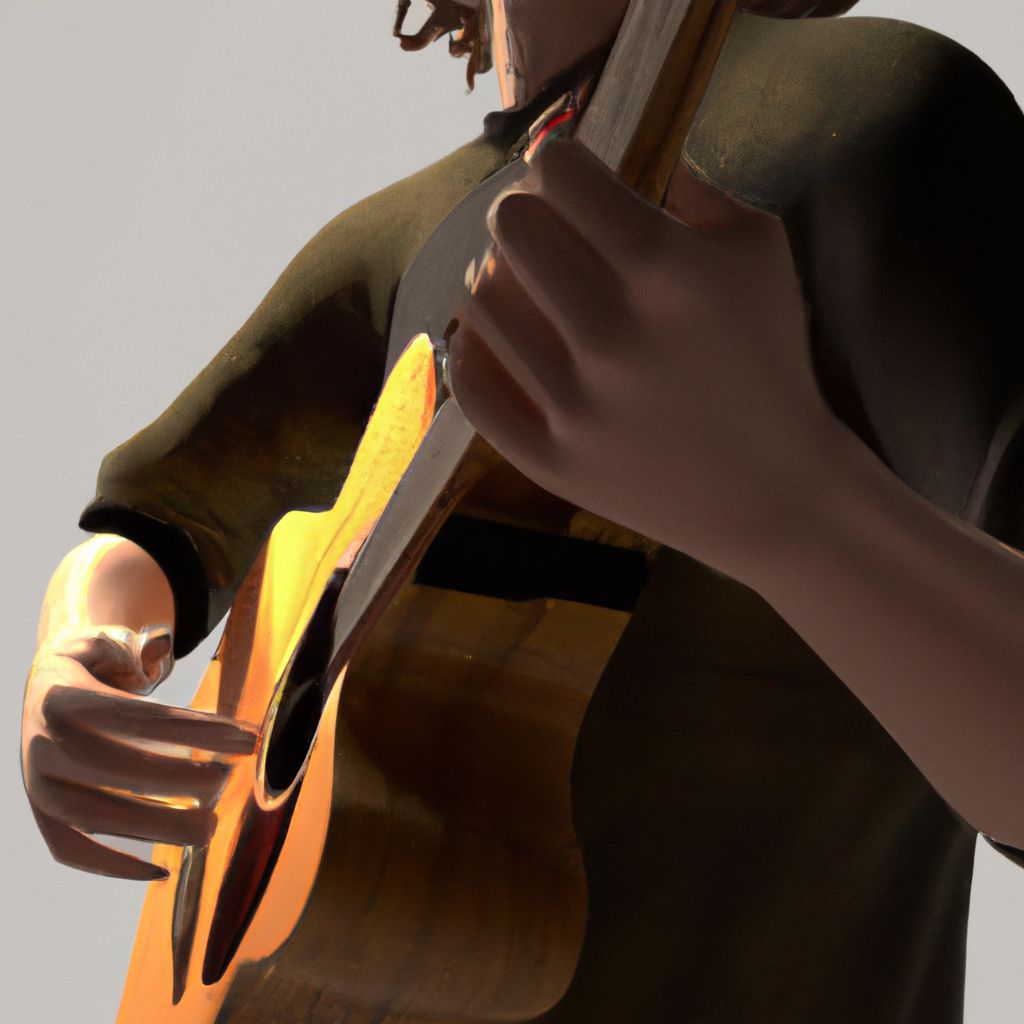
Learning to play the guitar involves mastering a repertoire of techniques that breathe life into your playing. Among these techniques, some of the most crucial ones include strumming, picking, bending, hammer-ons, pull-offs, slides, and vibrato.
Strumming refers to the act of brushing the strings in a downward or upward motion. It is a foundational technique used to play chords and create rhythms. Practicing strumming requires a steady hand and a good sense of timing.
Picking, on the other hand, involves plucking individual strings. This technique is used to play single notes or arpeggios (broken chords). Regular practice with a metronome can improve your picking speed and precision.
Bending is a technique where a string is literally bent to raise its pitch. This expressive technique is a staple in blues and rock genres. Remember that bending requires strength and accuracy to hit the desired pitch correctly.
Hammer-ons and pull-offs are two connected techniques used to play two notes in quick succession. A hammer-on involves striking a string with a fretting finger to sound a higher note, while a pull-off is the reverse, releasing the finger to sound a lower note.
Slides involve moving a fretting finger up or down the fretboard to change pitch smoothly, creating a ‘gliding’ effect between notes.
Vibrato is a technique where a played note's pitch is oscillated by rocking the fretting finger back and forth. This technique adds richness and sustain to your notes.
Practicing these techniques requires patience and consistency. Start slow, gradually increasing speed as you gain confidence and precision. Regular practice with a focus on timing and accuracy will help you incorporate these techniques seamlessly into your playing.
Learning Your First Chords and Songs
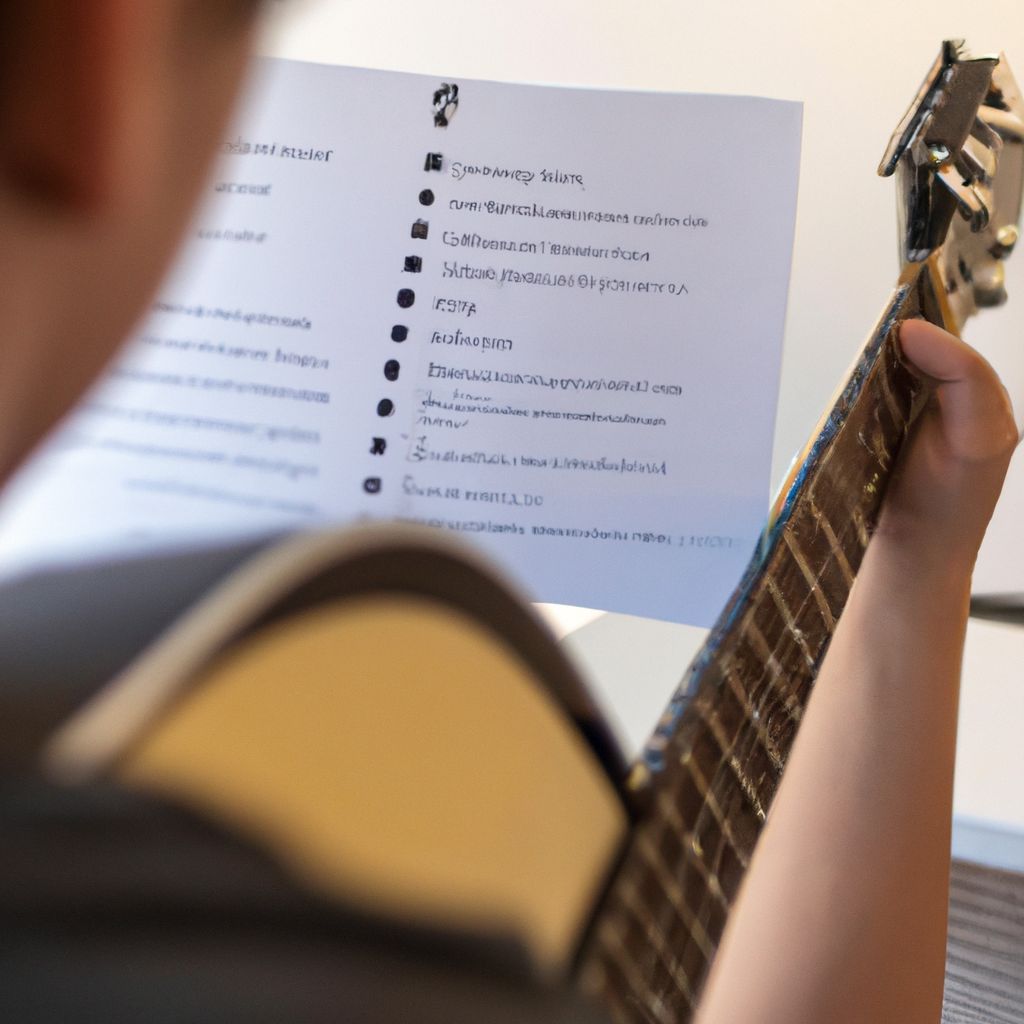
Learning to play chords is a significant milestone in your guitar journey. A chord is a group of notes played together, forming a harmonious sound. The most basic chords, often referred to as 'open chords', include C, A, G, E, D, Am, Em, and Dm.
Transitioning smoothly between chords is fundamental for rhythm playing. Start by practicing two-chord transitions, focusing on moving your fingers as a unit rather than individually. Increase the difficulty gradually by adding more chords.
Regular practice is key to mastering chords. Start slow, focusing on the clarity of each note in the chord. As you become comfortable, gradually increase your speed.
Once you've got a grip on some basic chords, you can start playing simple songs. Here are a few recommendations to get you started:
- 'Horse with No Name' - America
- 'Wonderwall' - Oasis
- 'Wish You Were Here' - Pink Floyd
- 'Blowin' in the Wind' - Bob Dylan
- 'Love Me Do' - The Beatles
These songs feature simple chord progressions and are excellent for honing your strumming and chord transition skills.
Maintaining and Caring for Your Guitar
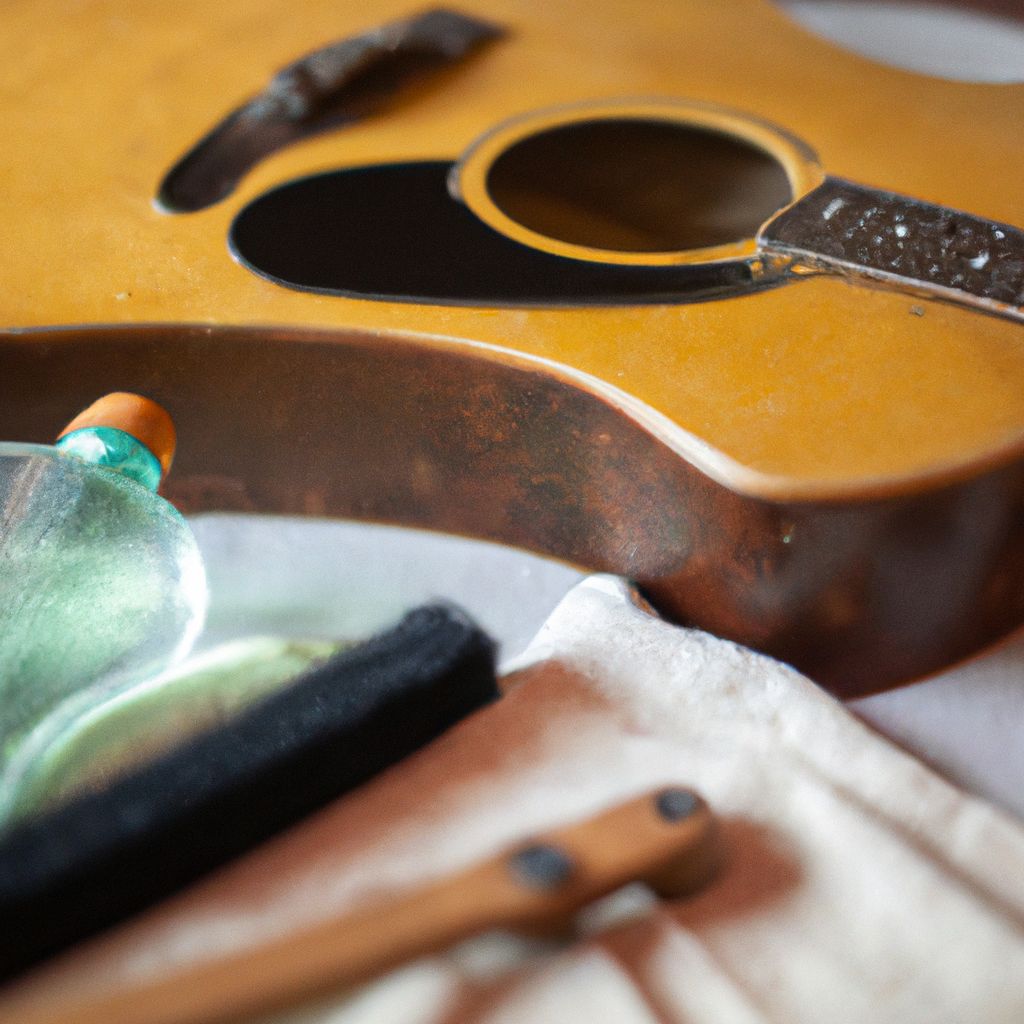
Proper maintenance and care are crucial to preserving your guitar's sound and longevity. This includes cleaning, storing, changing strings, and troubleshooting common issues.
Regular cleaning is essential to keep your guitar in top condition. Use a dry, lint-free cloth to wipe down the strings and body after every session. For a deeper clean, use guitar-specific cleaning solutions and polishes.
When not in use, store your guitar in a case to protect it from dust and damage. If possible, store it in a room with controlled humidity, as extreme dryness or moisture can warp the wood.
Changing strings regularly ensures your guitar sounds its best. The frequency of change depends on how often you play, but a good rule of thumb is to change them every 3-4 months. Always remember to stretch new strings properly to maintain tuning stability.
Common guitar issues may include buzzing strings, high action (the distance between strings and fretboard), or intonation problems (notes sounding out of tune as you move up the fretboard). Some issues can be fixed at home by adjusting the truss rod or bridge height, but for more complex problems, it's best to consult a professional.
Remember, a well-maintained guitar not only sounds better but also plays easier, enhancing your playing experience and progress.
Improving Your Skills
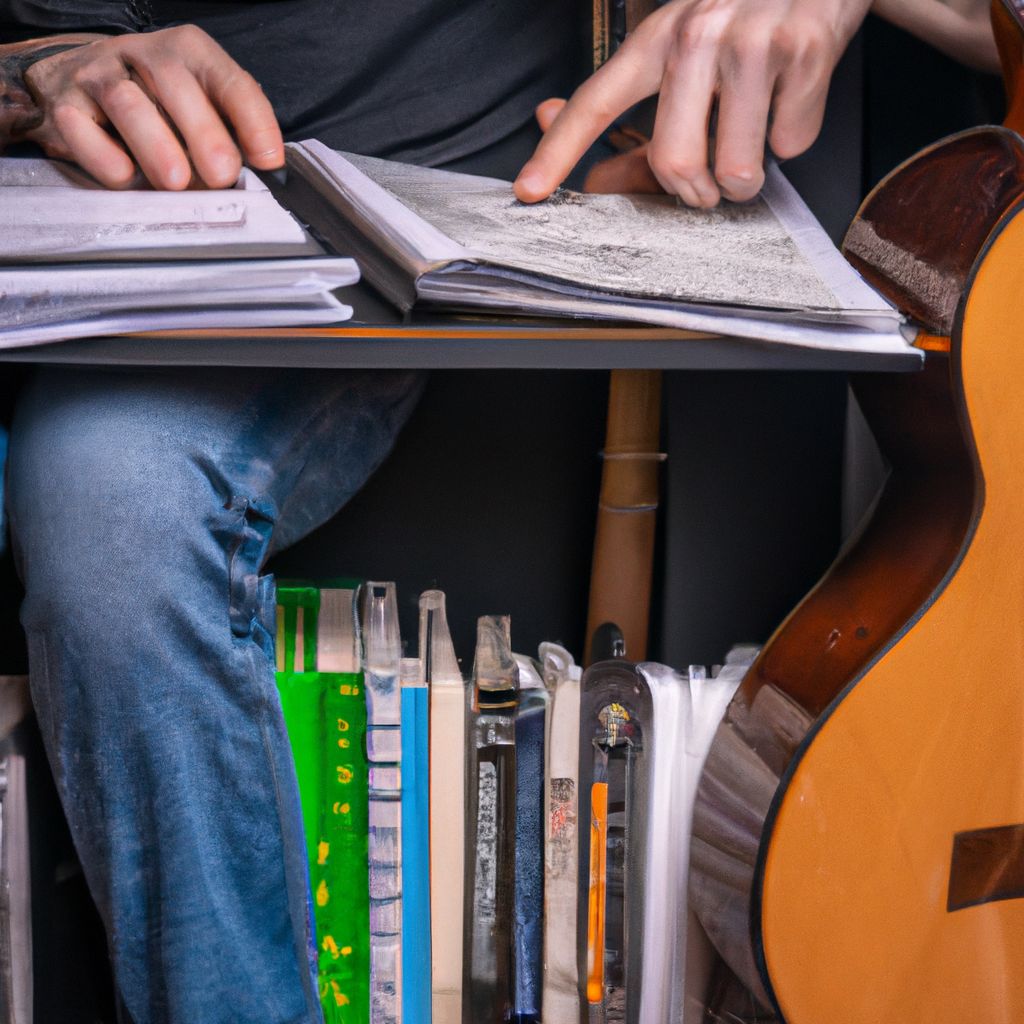
Improving your guitar skills is a continuous journey. Regular practice, playing with others, taking lessons, and exploring different genres are all crucial components of this growth process.
Regular practice is the cornerstone of improvement. Consistency is more important than the length of each session. Even 15 minutes a day can lead to significant progress if done regularly. Always practice with a goal in mind, whether it's mastering a new chord or perfecting a song.
Playing with others can greatly enhance your musicianship. It challenges you to keep time, listen, and react to other musicians, fostering a deeper understanding of music.
Taking lessons, whether in-person or online, can provide structured learning and personalized feedback. A good teacher can pinpoint your weaknesses and provide exercises to help you improve.
Finally, exploring different genres can broaden your musical palette. Each genre presents unique rhythms, chord progressions, and techniques. Playing different genres not only makes you a versatile guitarist but also enriches your musical expression.
Continuous learning and growth are integral to becoming a proficient guitarist. Each new skill you acquire opens up fresh possibilities for expression and creativity. By maintaining an open mindset and a commitment to improvement, you can continue to grow and find joy in your guitar journey.
Conclusion: The Joy of Playing Guitar

The journey of learning guitar is one filled with challenges, victories, and an immense sense of fulfillment. While it requires patience, persistence, and practice, the joy and satisfaction derived from creating music are unparalleled.
Learning to play the guitar can be a deeply personal experience. For some, it's a form of self-expression, a way to articulate emotions that words can't capture. For others, it's a tool for connection, bridging gaps between cultures, languages, and generations.
One inspiring story comes from a student who picked up the guitar during a difficult time in his life. He found solace in the strings, the melodies providing a comforting escape. With time, he not only improved his guitar skills but also found a therapeutic outlet that helped him navigate his challenges.
Whether it's the thrill of nailing a challenging riff, the satisfaction of writing your own song, or the connection felt when playing with others, the rewards of playing guitar are plentiful. Each chord learned, each song mastered, brings with it a sense of achievement that fuels the passion for continuous learning.
So whether you're strumming your first chord or perfecting a complex solo, remember to relish the journey. After all, playing guitar is not just about the destination, but also about the joy of the journey.


